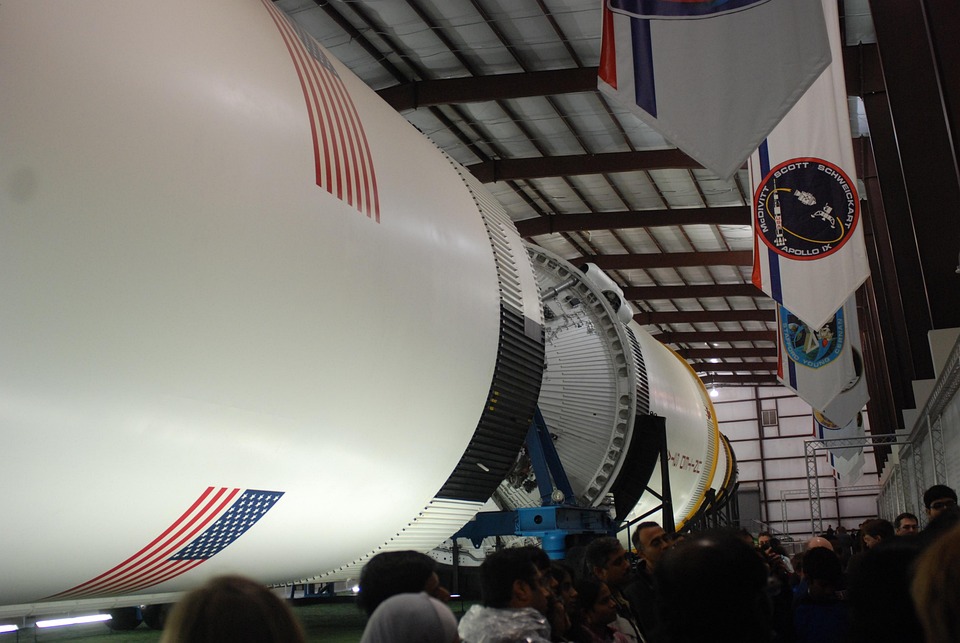As space technology advances at an unprecedented pace, the dream of traveling beyond Earth is quickly becoming a reality for private citizens and adventurers alike. Commercial space flight is transforming the concept of tourism, opening a new frontier that blurs the lines between reality and imagination. This article delves into the burgeoning industry of commercial space travel, its implications for tourism, and what lies ahead as we venture into the cosmos.
A New Era of Exploration
The advent of commercial space flight can be traced back to the early 2000s, with pioneering companies like SpaceX, Blue Origin, and Virgin Galactic leading the charge. These private enterprises have dramatically reduced the cost of space travel, making it accessible to a broader audience. Once the exclusive realm of astronauts and government-funded missions, outer space is now poised to welcome a new generation of travelers.
The Players in the Industry
-
SpaceX: Founded by Elon Musk, SpaceX has made headlines with its ambitious plans for not only launching satellites but also facilitating crewed missions to the International Space Station (ISS) and beyond. Its Starship program aims to pave the way for interplanetary travel.
-
Blue Origin: Founded by Jeff Bezos, Blue Origin focuses on suborbital flights through its New Shepard rocket. It offers a few minutes of weightlessness at the edge of space, catering to thrill-seekers eager for an extraordinary experience.
- Virgin Galactic: Richard Branson’s Virgin Galactic has made significant strides in commercial space tourism. With its SpaceShipTwo craft, the company has successfully completed several flights, offering a taste of space to those willing to pay.
The Experience of Space Travel
Commercial spaceflight typically involves short durations in space, ranging from about 10 minutes for suborbital flights to several days for orbital missions. Passengers experience a few minutes of weightlessness, witness the breathtaking curve of the Earth, and observe the dark expanse of the cosmos. This unique perspective has a profound impact, often described as a transformative experience.
The Cost of Admission
Currently, commercial space travel comes with a hefty price tag. Suborbital flights can cost upwards of $250,000 per ticket, while trips to the ISS may run into tens of millions of dollars. However, as technology advances and competition increases, industry experts predict that prices will gradually decrease, making space tourism more accessible.
Implications for Travel and Tourism
The rise of commercial space flight heralds a seismic shift in the travel and tourism industry. Here are several key implications:
1. New Tourism Markets
Space tourism could create new markets, from luxury experiences to adventure tourism. Destinations can gain a new layer of appeal, potentially building space hotels or providing immersive experiences related to outer space.
2. Economic Opportunities
The commercial space industry is expected to generate substantial economic activity, from job creation in engineering and technology to stimulating local economies around launch sites.
3. Environmental Considerations
As the industry grows, so too do concerns about its environmental impact. The carbon footprint of rocket launches and space tourism will need to be addressed, prompting a push for sustainable practices within the industry.
4. Education and Inspiration
Commercial space flights have the potential to inspire future generations. By making space travel a reality for ordinary people, these initiatives can ignite interest in science, technology, engineering, and mathematics (STEM) fields.
The Future of Space Tourism
As we move forward, the landscape of commercial space flight will continue to evolve. Companies are exploring innovative technologies, such as reusable rockets and advanced propulsion systems, which could reduce costs and increase the frequency of launches.
Moreover, international collaborations may play a significant role in expanding the reach of space tourism. Alliances between countries and private entities could lead to joint ventures aimed at creating a more robust global space tourism infrastructure.
Conclusion
Commercial space flight represents an exciting new frontier for travel and tourism. As technology rapidly evolves, the idea of traveling to space is no longer confined to the imagination—it’s within reach for adventurers and visionaries. With the potential to inspire generations and contribute to economic growth, the future of space tourism shines brightly. As we take our first steps into the cosmos, one thing is certain: the sky is no longer the limit.
